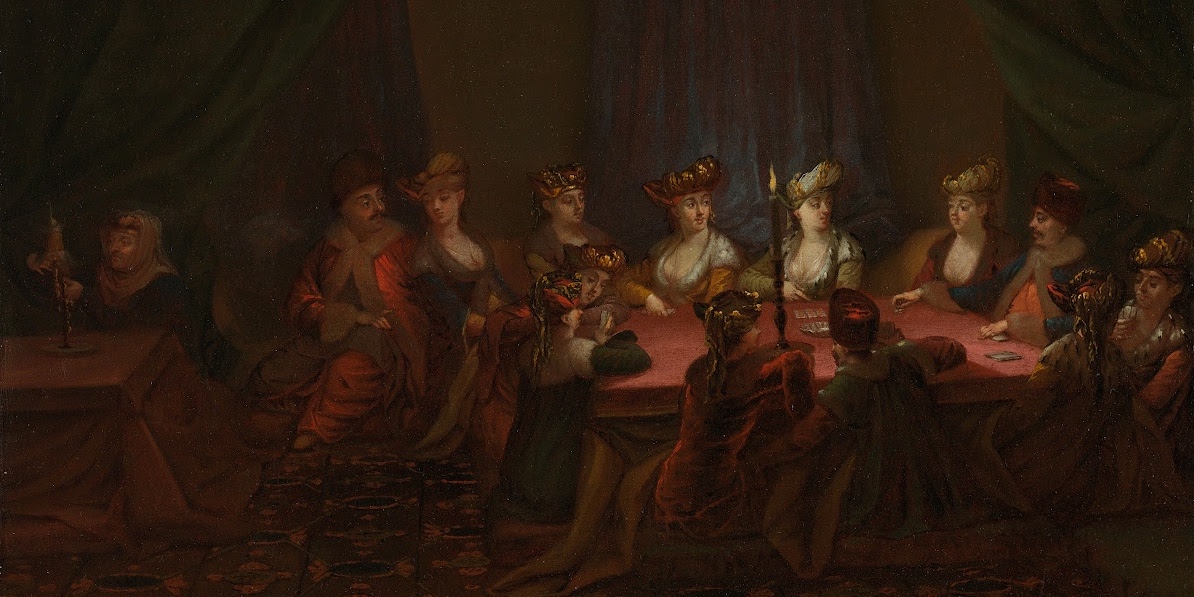Ottoman Iceland
with Alan Mikhail
hosted by Chris Gratien
Podcast Feed | iTunes | Hipcast | Soundcloud
During the late eighteenth century, a series of volcanic eruptions at a site called Laki in Iceland created climatic effects that spanned the entire globe. In this episode, Alan Mikhail shares his research on the impacts of these eruptions on the agrarian economy of Ottoman Egypt through an explanation of the localized climatic and environmental effects of Laki on the Nile River. We discuss how climatic events shape or accelerate historical processes and explore how climate history can serve as a means of thinking about unseen connections between different world regions.
Stream via Soundcloud (US / preferred)
PARTICIPANT BIOS
 |
Alan Mikhail is Professor of History at Yale University. He is the author of The Animal in Ottoman Egypt (New York: Oxford University Press, 2014) and Nature and Empire in Ottoman Egypt (Cambridge: Cambridge University Press, 2011) and editor of Water on Sand: Environmental Histories of the Middle East and North Africa (New York: Oxford University Press, 2013). |
 |
Chris Gratien holds a Ph.D. from Georgetown University's Department of History. His research focuses on the social and environmental history of the Ottoman Empire and the modern Middle East. He is currently preparing a monograph about the environmental history of the Cilicia region from the 1850s until the 1950s. |
CREDITS
Episode No. 227
Release Date: 29 February 2016
Recording Location: Yale University
Editing and production by Chris Gratien
Special thanks to Kara Güneş for allowing us to use the composition "Istanbul" in the intro and outro music
Sound excerpts: Baglamamin Dugumu - Necmiye Ararat and Muzaffer; Harmandali - Recep Efendi, Cemal Efendi; Turnalar Turnalar - Darulelhan Heyeti
Image "Lava fjelds in Iceland" via Library of Congress
Map courtesy of Alan Mikhail and Stacey Maples
Bibliography courtesy of Alan Mikhail
IMAGES
 |
| Visible Laki haze. Dots represent locations of eyewitness reports of the haze from the summer of 1783. Credit: Stacey Maples, 2014. |
 |
| Lava fjelds in Iceland, Bayard Taylor (Library of Congress) |
Richard W. Bulliet, Cotton, Climate, and Camels in Early Islamic Iran: A Moment in World History (New York: Columbia University Press, 2009).
Ronnie Ellenblum, The Collapse of the Eastern Mediterranean: Climate Change and the Decline of the East, 950-1072 (Cambridge: Cambridge University Press, 2012).
Bernard Lewis, “Corsairs in Iceland,” Revue de l’Occident musulman et de la Méditerranée 15 (1973): 139-44.
Alan Mikhail, “The Nature of Plague in Late Eighteenth-Century Egypt,” Bulletin of the History of Medicine 82 (2008): 249-75.
Alan Mikhail, “Unleashing the Beast: Animals, Energy, and the Economy of Labor in Ottoman Egypt,” American Historical Review 118 (2013): 317-48.
Karen Oslund, Iceland Imagined: Nature, Culture, and Storytelling in the North Atlantic (Seattle: University of Washington Press, 2011).
Geoffrey Parker, Global Crisis: War, Climate Change and Catastrophe in the Seventeenth Century (New Haven: Yale University Press, 2013).
Sam White, The Climate of Rebellion in the Early Modern Ottoman Empire (Cambridge: Cambridge University Press, 2011).










Comments
Post a Comment
Due to an overwhelming amount of spam, we no longer read comments submitted to the blog.